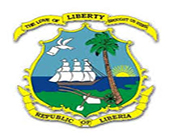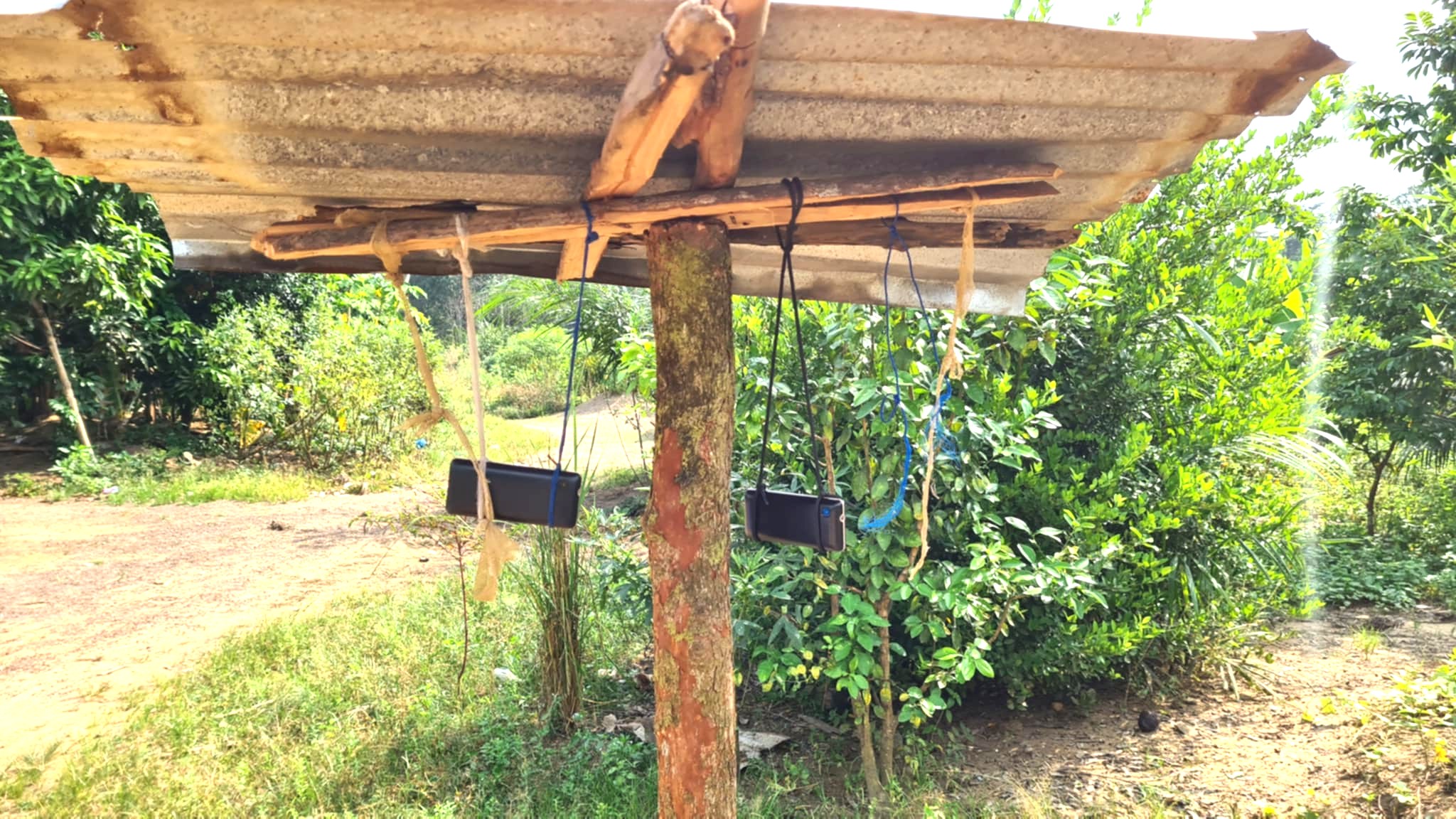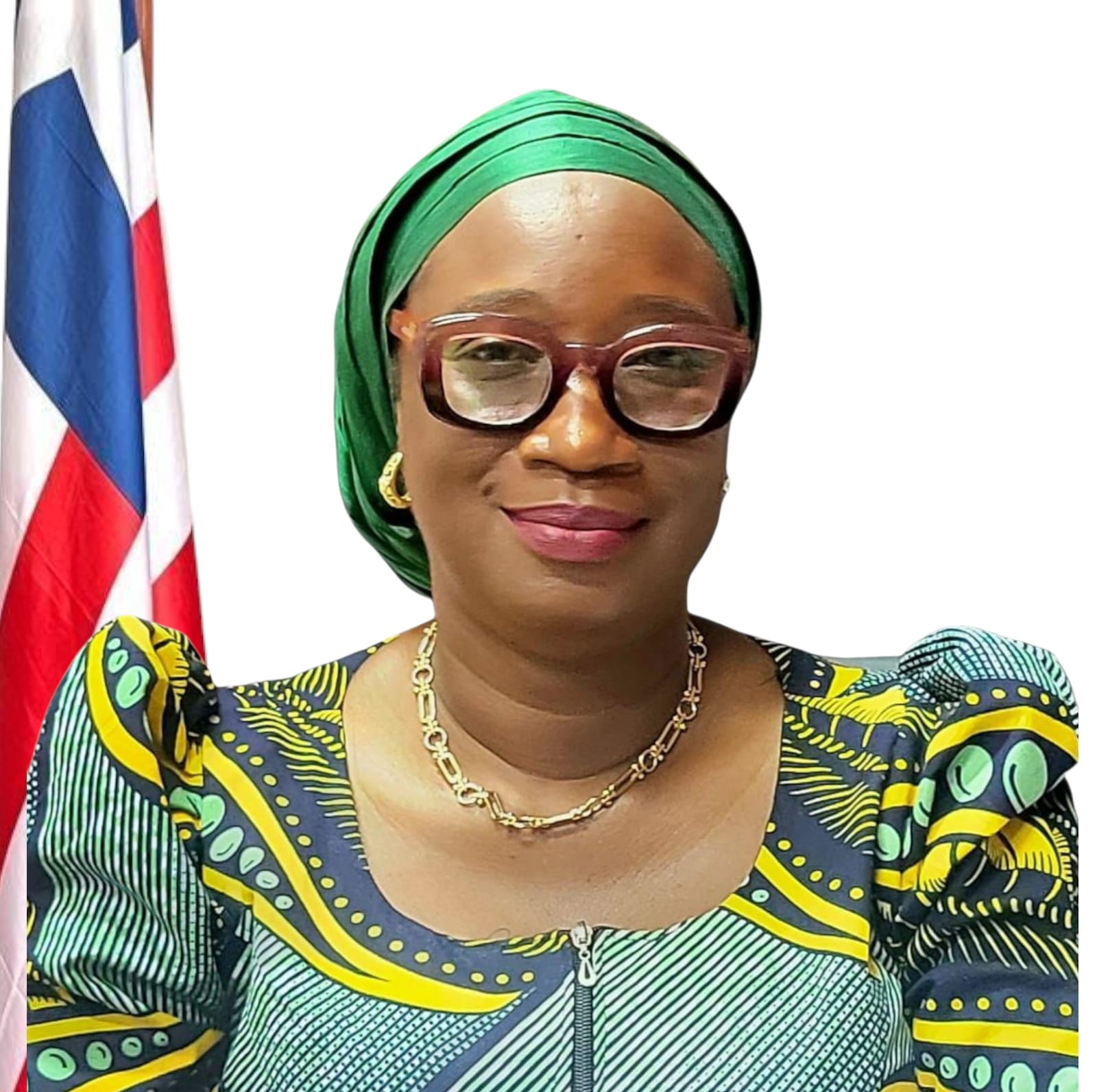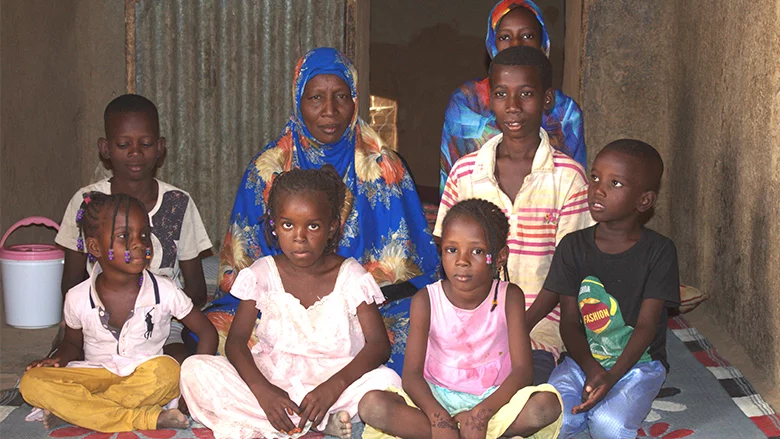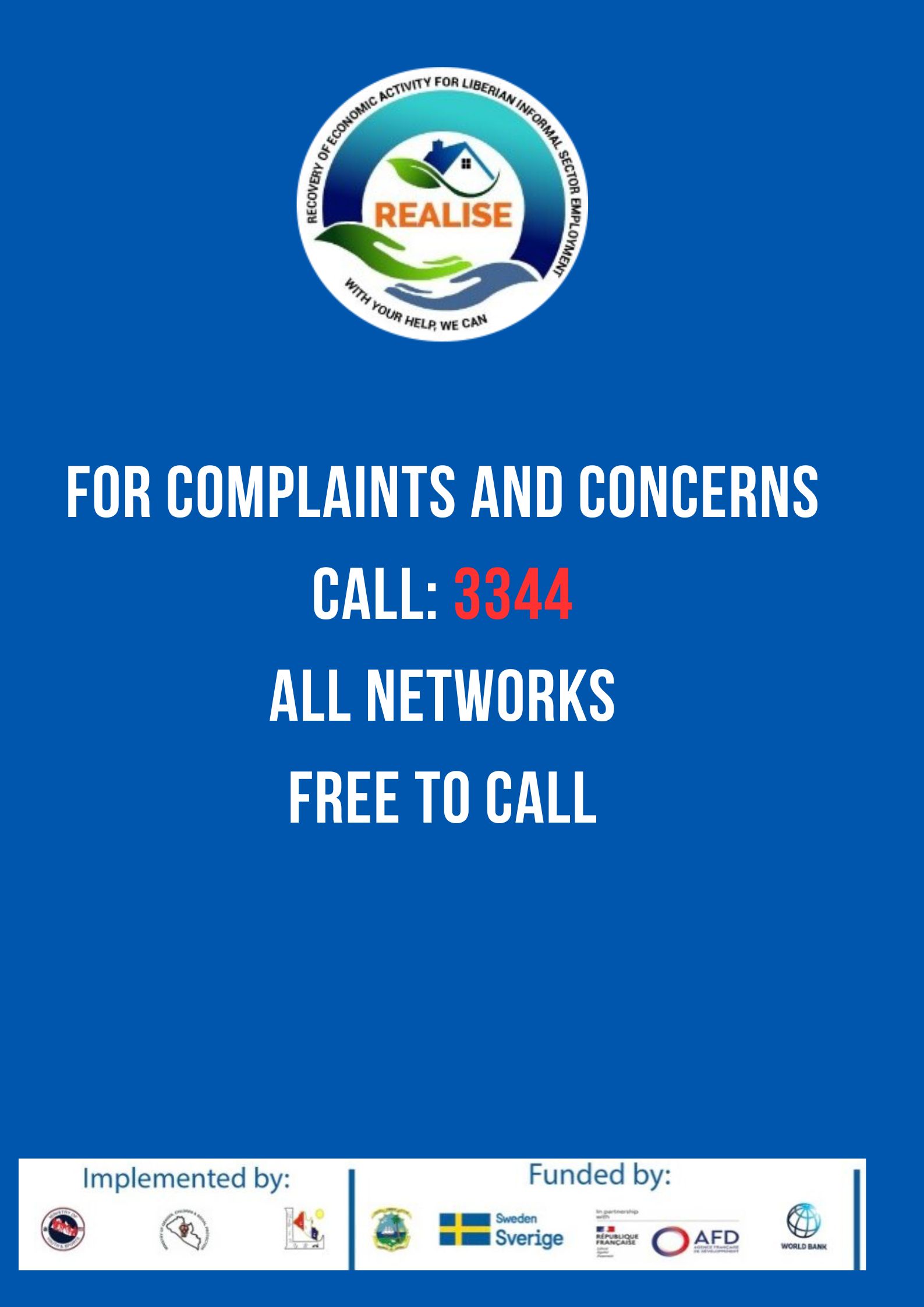Monrovia February 18, 2025-In the heart of rural Liberia, nestled deep within the rugged landscape of Bomi County, lies Maloma – a village that mirrors the struggles of countless other remote communities across the nation. Despite being just about 100 miles from Liberia’s bustling capital, Monrovia, Maloma remains largely untouched by the advancements that have reshaped other parts of the country.
Here, in this small village, life is defined by challenges that many in the urban centres would find unthinkable in the modern era: poor infrastructure, limited access to education and healthcare, and a lack of basic utilities like electricity. The issues are as persistent as the landscape itself, with high untouched bushes that surround the village serving as a constant reminder of its isolation.
Connectivity remains a critical struggle for the people of Maloma. In a world that increasingly relies on mobile phones for communication, the village’s residents find themselves caught in a web of technological disconnect. While the digital age has brought the rest of the world closer together, Maloma, like many rural Liberian villages, grapples with poor GSM network coverage. The mobile network, when available, is often so unreliable that staying in touch with loved ones in the city has become a game of patience and persistence.
For many in Maloma, staying connected requires either waiting at home all day for a potential call or, even more bizarrely, leaving their phones behind at specific spots in town that have better network reception. These designated “call spots” have become a part of village life, a peculiar yet essential practice. The residents have adapted, making peace with the limitations imposed on them by geography and infrastructure.
The story of mobile phone ownership in Maloma is a relatively recent one. It wasn’t until 2010 that the village saw its first mobile phone, courtesy of Miatta Sirleaf, who made history as the first person in the village to own one. This moment was a significant milestone for Maloma, marking the beginning of a new era in connectivity. Prior to this, if a villager needed to make a phone call, they would have to travel five miles to the nearest town where a functioning network could be found. A five-mile trek just to make a call — a situation that seems almost unimaginable in today’s fast-paced, interconnected world.
Yet, despite the hurdles, the people of Maloma have remained resilient. While technology remains a distant dream for many, the village’s residents continue to engage in traditional practices passed down through generations. The primary economic activity here is shifting agriculture — a method of farming where fields are cultivated and then abandoned after a season. This form of agriculture is deeply rooted in the village’s history, with rice being the primary crop grown. Every year, the people of Maloma move from one spot to another, cultivating the land as their ancestors did before them. It is a way of life that has endured, despite the changing world around them.
But the lack of resources has undoubtedly taken its toll. Bomi County, where Maloma is situated, is classified as one of the poorest regions in Liberia. According to data from the Liberia Institute for Statistics and Geor-Information Services (LISGIS), Bomi ranks as the second most impoverished county in the country. For the people here, survival is a daily struggle, and the absence of basic infrastructure such as reliable roads, healthcare, and education only exacerbates their challenges.
The region’s poor road conditions are a further barrier to development, making travel between towns and access to essential services difficult. Residents must contend with muddy tracks and poorly maintained pathways that make even short journeys a struggle. Maloma, in particular, remains poorly connected to the rest of the county, with roads impassable during the rainy season.
Maloma village is one of 26 villages currently benefiting from the World Bank financed REALISE Project in Bomi County.
Education in Maloma is also subpar, struggling with inadequate resources, poorly trained village teachers, and a lack of proper facilities. The village’s children often face a difficult education, one that limits their opportunities and hinders the development of the next generation. Healthcare services are similarly lacking, with villagers forced to rely on traditional remedies or make long journeys to the nearest town for medical attention.
